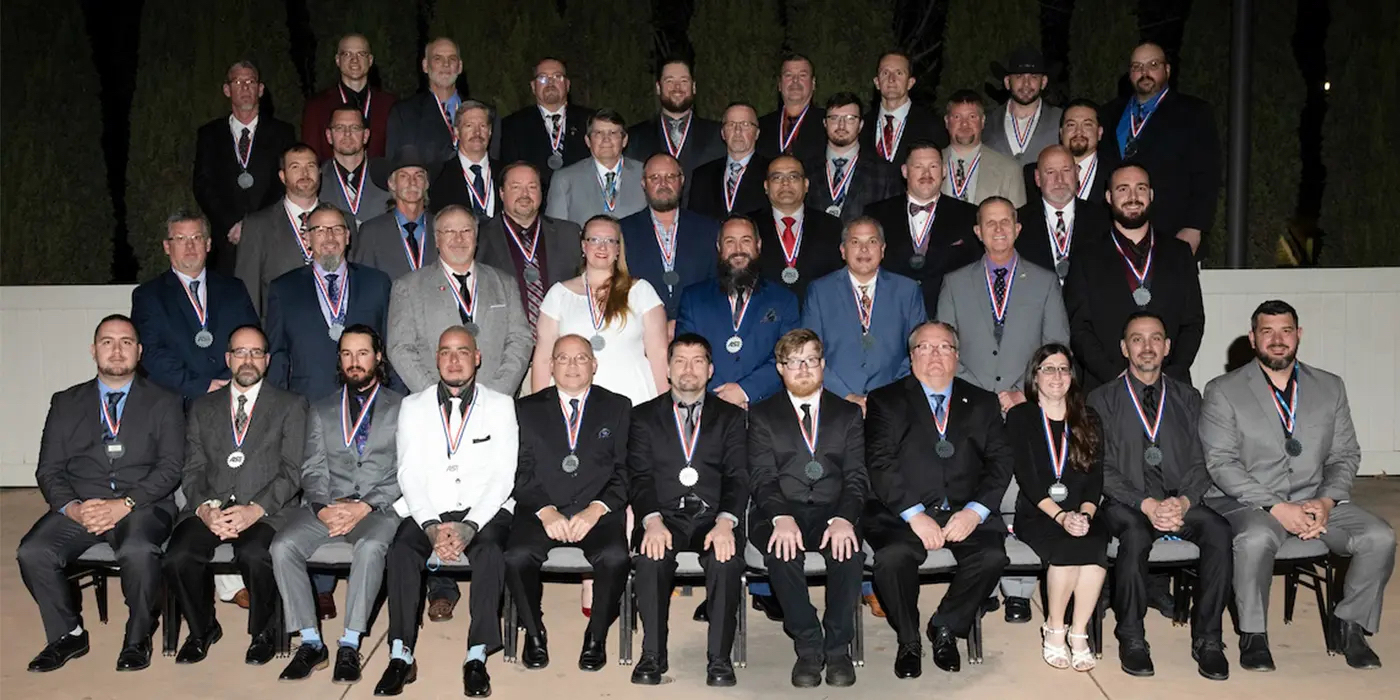Are you working on your business or in it? This is a question that I challenge every automotive service center owner and manager to seriously consider. I can’t tell you how many times I’ve gone to a repair shop only to find the manager on duty in the service bays, tools in hand, working on a customer’s car.
All the while, key business processes and customers and vendors and employees are neglected.
Don’t get me wrong, I understand the dynamics of the service center, and I know that sometimes everyone needs to roll up their sleeves and help out. However, the owner or manager should be the very last one to do so.
I will be writing more on this subject along with presenting topics that plague a great many tire and service facility owners and managers – those things that keep them up at night!
While I do not claim to have the “silver bullet” that magically makes every concern disappear, I do promise to provide the forum by which concerns can be vetted. The goal is to share “best practices” for creating a strong, yet flexible infrastructure that makes our industry stronger one facility at a time.
So let’s begin our journey with a question: What constitutes a strong, yet flexible infrastructure that everyone can embrace and build upon in their own specific business?
To answer this question, we must first identify key elements that are associated with such an infrastructure and how they interact with each other. Listed here are a few elements shared with me by peers. If you disagree or have other elements you feel should be included, please send me your comments. Remember, we are seeking “best practices” from across the industry.
• Established Processes
• For handling day-to-day business requirements
• For providing customer service
• For asset management
• Talent Management
• Attracting
• Selecting
• Developing
• Retaining
• Inventory Management
• Other Elements
• Competition
• Margins
• Regulations
For this month’s discussion, I have selected Talent Management. After all, your people are your most valuable asset. Talent Management comprises several components, but I want to focus on one that I view as essential to every business: attracting and selecting qualified candidates.
For the vast majority of the 40-plus years that I’ve been in this industry, finding, hiring and retaining quality people – from service technicians to service writers to backoffice staff – has been a great concern for service centers. This issue still plagues our industry and is an increasing concern.
Conventional wisdom has been to look within the industry – sourcing individuals already working in car dealerships or other tire and service facilities. While this approach appears to have merit and may have been successful in the past, our industry has changed. Most small independents can no longer depend on this strategy for many reasons – not the least is the fact that our customers have changed.
When I began my career in 1973, customers were mainly males who looked to the service writer as the consummate expert and (for the most part) trusted-recommendation provider. Today’s customer (regardless of gender) is vastly more informed and educated (think Internet) on both tires and vehicle service needs, oftentimes knowing more about the tire or service than the salesperson.
Today, women make up more than 50% of a retail tire and service facilities’ customer base. Generally women are less trusting of strangers and demand that trust be earned.
Compounding the problem is that over the years our industry has done a very poor job of establishing and maintaining customer trust, especially with female customers. We must find ways of doing a better job interacting with women and gaining their trust.
Recently I was at a local repair shop waiting for my vehicle to be serviced. A lady entered the store, and the service writer immediately began looking at his computer screen and asking questions. Not once did he make eye contact with her, go out to her vehicle, smile, or engage in any other way.
After questioning the customer, the salesperson gave a verbal quote for the requested (not verified) service with no other explanation or comments. Needless to say, the customer politely headed for the door.
So as a customer, how much trust would you have in this salesperson? While this salesperson may be very knowledgeable, I question his limited (or no) people skills.
Your first reaction to this example may be “lack of training,” but I’m not so sure. I suggest the problem is more systemic. It directly relates back to the selection (hiring) process. While I do agree training can and does raise awareness and improve performance for some individuals, no amount of training can change others. The difference in the two is a people-orientation – more specifically, the ability and desire to interact with others.
While I agree having people with experience is important, having individuals that are able to develop relationships and satisfy customer needs is critical. That’s the business we are in.
What’s the answer? Here are some steps that several very successful repair shops have taken that yielded some big dividends in their businesses.
Step 1: Review your customer demographics. What is the gender, race, age, ethnicity, etc., demographic of your customer base? Does your store staff mirror your customers? It is a universal truism that people like to do business with similar individuals. It doesn’t take a genius to know, for example, that if you have a predominately Spanish-speaking customer base, you should have Spanish-speaking employees.
Step 2: Establish/refine the position specifications (job descriptions). What specific knowledge, skills and abilities are required for the position? Is the position full-time or part-time? Many shop owners and managers are reconsidering the need for full-time positions and utilize part-time employees for enhancing and expanding the pool of available candidates.
Step 3: Utilize pre-employment assessments. Make hiring and position decisions based on data not gut instinct. To help match candidates to the position, utilize assessments that measure cognitive ability, knowledge and skills, personality factors, work history, and simulated job tasks. A number of organizations offer these assessments and some have even been developed specifically for the tire and service industry.
Step 4: Change the prospecting paradigm. Expand the pool for qualified, customer-centric candidates by looking to attract individuals from a wide range of sources. Look to mirror your customer demographics, for instance, by finding candidates from women’s groups, schools and colleges, associations, the business development agencies, etc.
More importantly, actively seek customer-centric individuals from non-traditional businesses, places where you shop such as department stores, electronic stores, restaurants, mobile phone stores, and others. Individuals that impress you with their customer service skills may make a good candidate for your business. Remember, you can teach an individual to serve customers in our industry, but you can’t train the desire for providing outstanding customer service. That comes from their heart.
Step 5: Establish/review your new employee orientation program. Providing new employees with a formal orientation to the organization, their position and benefits, processes and policies is paramount for getting them off on the correct foot. A good orientation program may run from a few days to a few weeks, but should include everything needed to set them up for success in their job. If we expect high performance from our people, they must first know what it looks like.
Step 6: Mentoring. In almost every industry (except ours), a mentoring program is part of new employee orientation. It works equally well for getting new employees proficient in doing required tasks or for teaching existing employees new tasks. New employees are assigned to shadow an experienced employee until they become proficient in the required tasks and then looks to the mentor for help only when it is needed. Mentoring has reduced the time required for getting the new employee up-to-speed on job requirements, which improves morale, provides better customer service with fewer complaints, and improves employee retention. Definitely a win-win-win!
These six steps are just the beginning, and I encourage you to provide your experience and insight to this article.
In my next column, we’ll address the subject of attracting technicians. I would greatly appreciate any thoughts or suggestions on this subject. Until then, keep working on your business!













